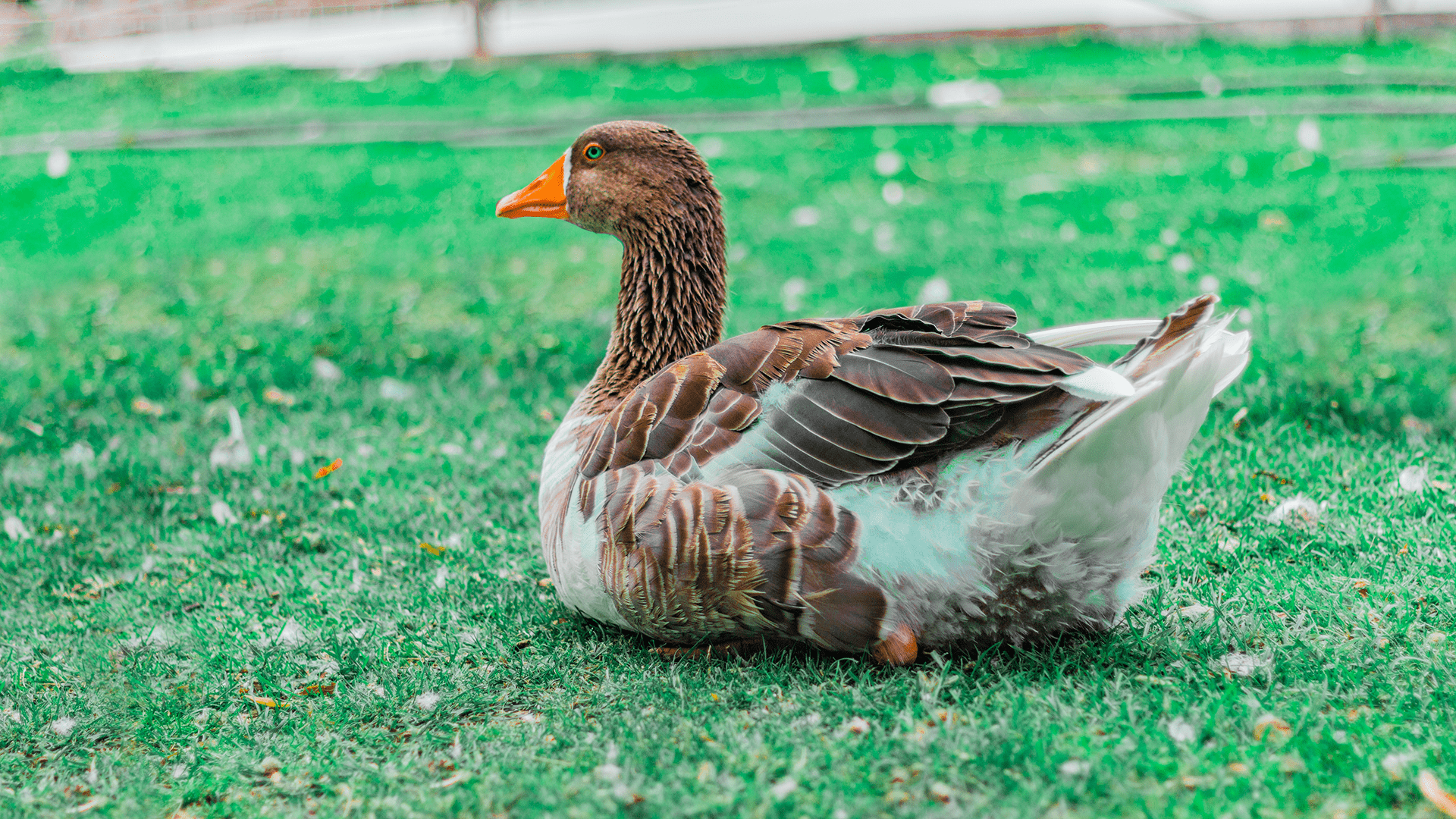Hunting is a fun and exciting hobby that can be enjoyed by anyone. Whether you’re looking to head out with friends or just take some time alone in nature, goose hunting is an activity that’s sure to satisfy your need for a thrilling adventure. With so many different types of geese and so much potential to get lost in the beauty of the outdoors, you’ll find yourself quickly captivated by this sport. If you’re eager to learn more about how to become a successful goose hunter, read on as we delve into all the tips and tricks needed!
What to wear while goose hunting?
When it comes to dressing for a successful goose hunting expedition, the key is to keep your clothing and gear as lightweight and comfortable as possible. Wear layers of clothes that you can easily remove if weather conditions change, such as waterproof boots, insulated trousers, and a fleece or down jacket.
What type of gun should I use?
Typically, either a shotgun or an air rifle will do the job when it comes to goose hunting. Shotguns are more powerful but require more skill since they spread out the pellets more widely than air rifles do, which can be both an advantage and disadvantage depending on how far away your target is. Air guns are much quieter and typically easier to handle for beginners.
How to find geese?
The best way to find geese is by scouting out areas with known concentrations of them. You can search online, talk to local hunting experts, or join a hunting club for more information on where the birds might be located. Once you have identified a potential area, it’s important to be quiet as you approach in order to avoid scaring away your targets.
How to set up decoys?
Decoys are essential when it comes to goose hunting as they help attract and lure the birds into your shooting range. When setting up the decoys, make sure they are placed strategically so that the geese will feel comfortable enough to land within your reach. Keep in mind that different species of geese prefer different types of decoy setups, so research ahead of time to be sure you’re using the most effective method.
How to call geese?
Calling is another essential part of goose hunting that can make or break your success. Learning how to imitate the sound of a goose can attract them from far away, but it’s important not to overdo it as too much calling will scare them off. There are various types of calls available for purchase or you can practice making your own call with your mouth and hands.
Other tips for successful goose hunting
In addition to the above tips, there are some other helpful things you should keep in mind when it comes to successful goose hunting. Be aware of wind direction as this affects where the birds may fly and make sure to always keep safety first by wearing the appropriate gear and properly maintaining your firearms.
How to identify a good spot to hunt geese?
Finding the right spot to hunt geese is essential for having a successful outing. Look for areas with open water, wetlands, grassy fields and other habitats that are conducive to goose populations. Additionally, look for signs of recent activity such as feathers or droppings which can indicate that there may be birds in the area. Also look out for good vantage points like hills or trees where you can get a better view of your surroundings. Finally, make sure you are familiar with any local regulations regarding hunting in your chosen area before setting off on your adventure!
What equipment do I need?
In order to hunt geese successfully, it’s important to have all the necessary equipment. You’ll need a shotgun or air rifle with appropriate ammunition, decoys, calls, and camouflage clothing to blend into your surroundings. Additionally you’ll need a hunting license, appropriate footwear and protective gear in order to make sure you are safe while out in the field. Make sure you also bring along snacks and plenty of water to stay hydrated throughout the day.
How to shoot geese safely?
When it comes time to actually take the shot at a goose, safety should always be top priority. Be aware of your surroundings at all times and make sure there aren’t any other people or animals that could be in danger from your shots. It’s also important to make sure you have a good understanding of how far away your target is so you can adjust your aim accordingly. Finally, when you take the shot, be sure to wear hearing protection since shotguns and air rifles can generate a loud noise.
How to track and retrieve geese?
Tracking and retrieving downed geese is an important part of the hunting process. Be prepared with a wading staff or hip boots in order to traverse through wetlands or shallow bodies of water. Also bring along a bag or game cart for easy carry back to your vehicle once you’ve retrieved your prize. If you’re having trouble finding where the bird fell, look for feathers or signs of where it may have landed. With practice, tracking down birds will become easier over time.
Tips for cleaning and preparing goose meat
After successful hunts, it’s important to properly clean and prepare your goose meat in order to get the most out of it. Start by plucking the feathers and then removing any innards from the bird, being sure to discard all the organs in a safe place away from any water sources. Next you should rinse the carcass inside and out with cold running water before slicing off any visible fat or sinew. Finally, store the cleaned meat in a cool place until ready to cook.
By following these tips, you’ll be well on your way towards having successful hunts and enjoying some delicious roasted goose dinners! Good luck and happy hunting!
